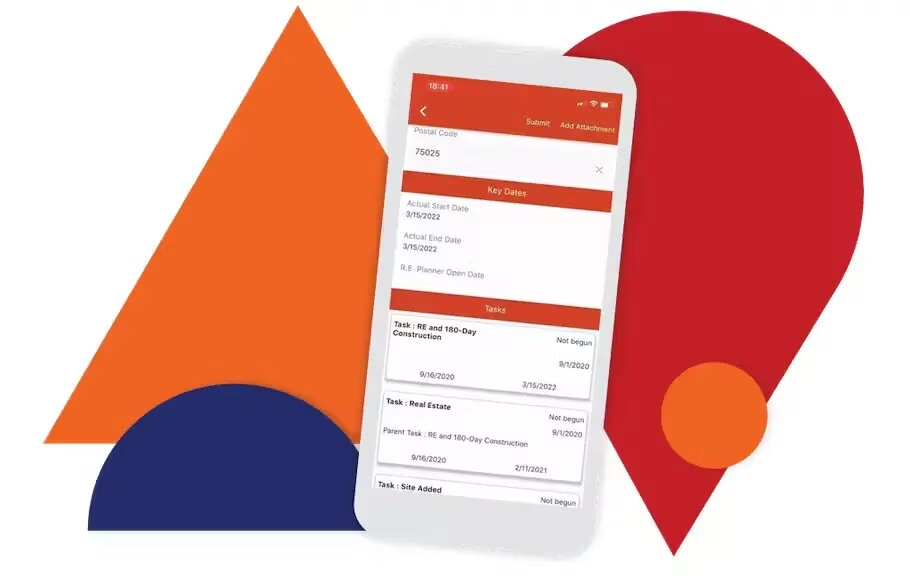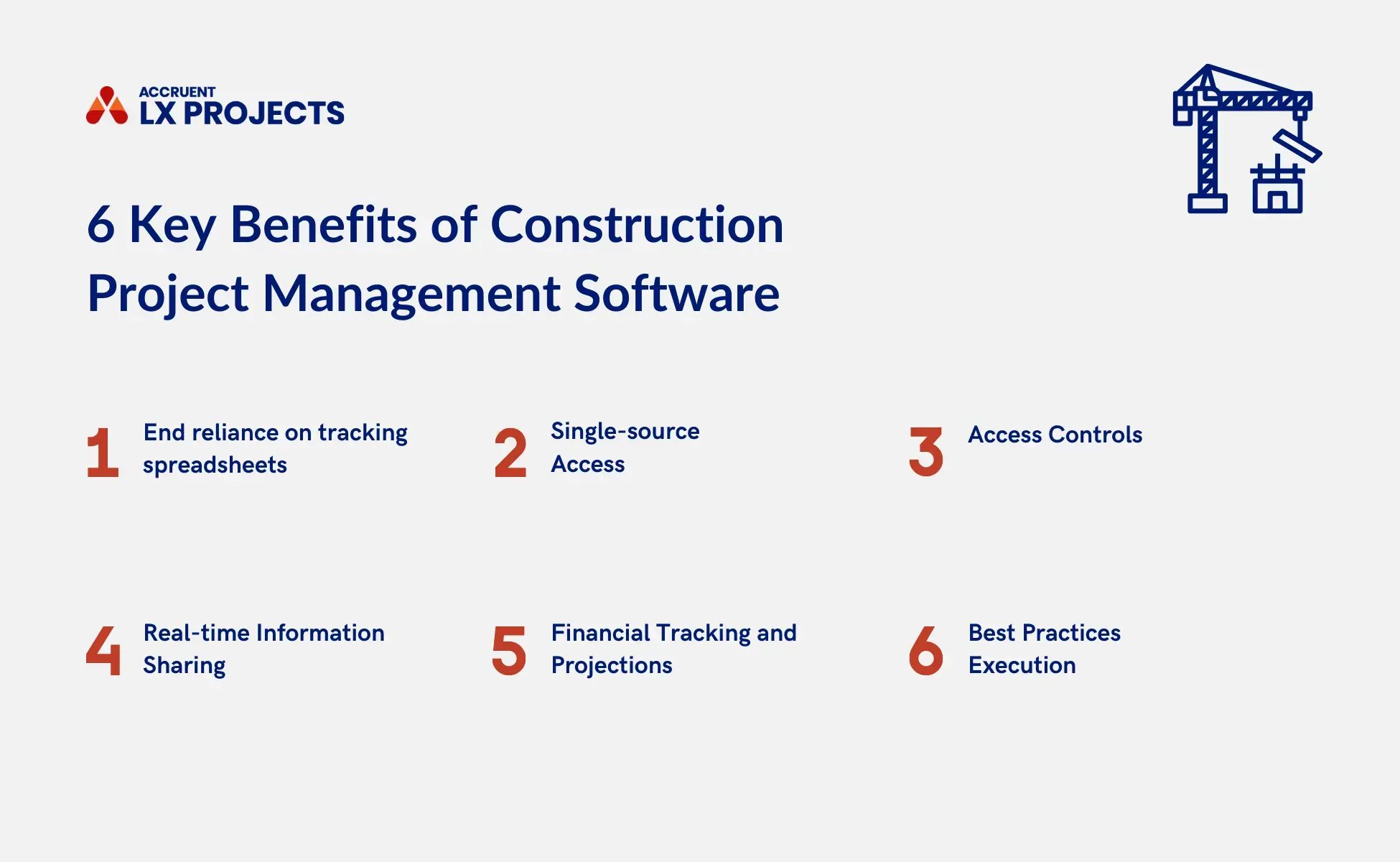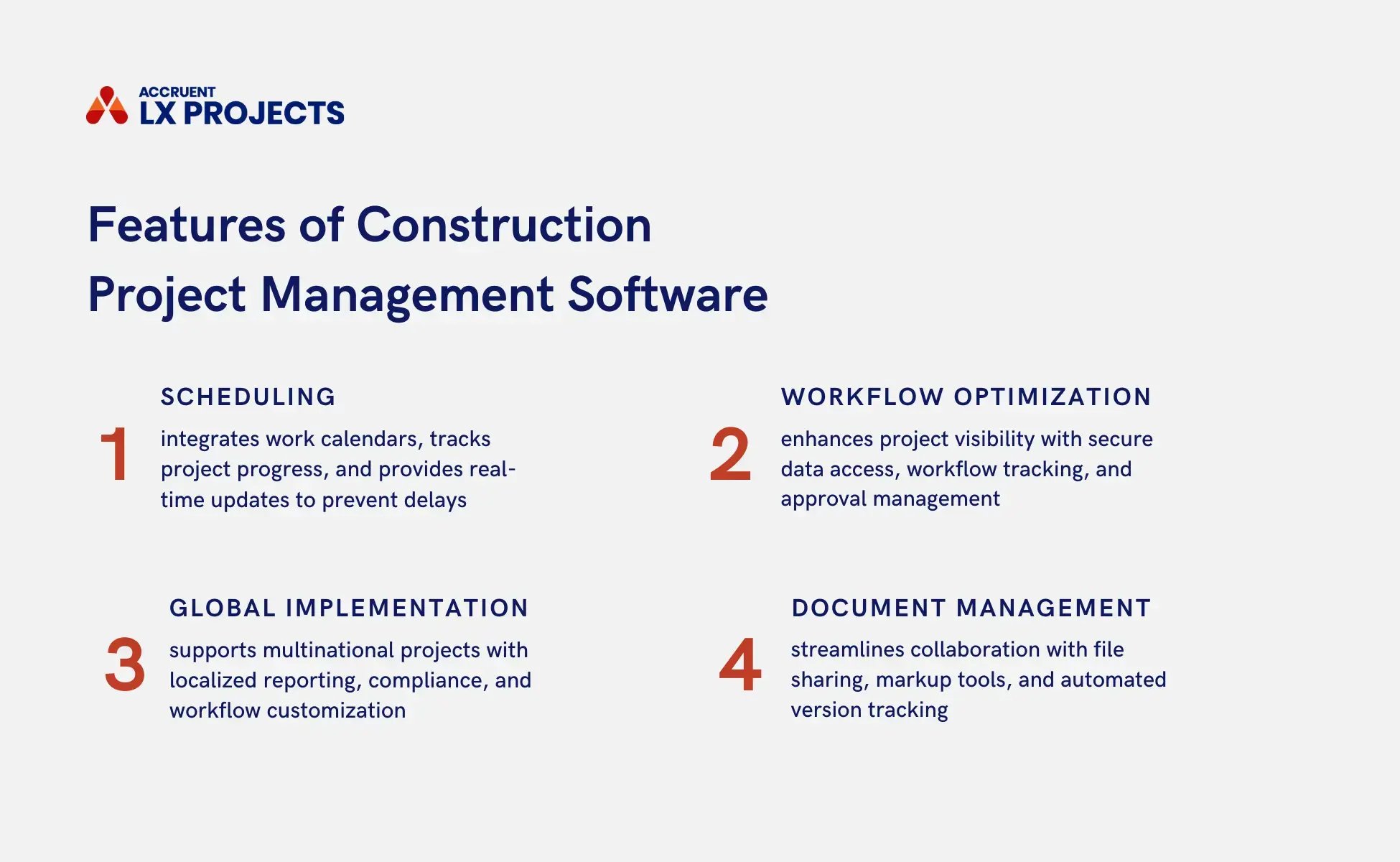
Strategic Growth in Retail: The Power of Site Selection and Construction Project Management
Learn about the important roles that site selection and construction project management play in achieving strategic growth in the retail industry.
Solutions
Workplace Management Solutions
Real Estate Management Solutions
Maintenance Management Solutions
Energy Management Solutions
Engineering Document Management Solutions
Asset Management Solutions
Automate campus scheduling for classes, meetings, and exams with our EMS software.
Plan and manage conferences effortlessly with EMS software to impress guests and streamline operations.
Boost workplace flexibility and maximize space use with seamless desk and room booking.
Organize workplace or campus events smoothly, creating memorable experiences.
Optimize workspace, manage allocations efficiently, and reduce costs with our space management solutions.
Deliver projects on time and within budget by improving communication, collaboration, and efficiency with our software.
Streamline lease accounting for ASC 842, IFRS, and GASB compliance.
Manage leases efficiently by tracking key dates, analyzing costs, and ensuring compliance.
Centralize data and analytics for better insights, faster negotiations, and revenue growth.
Centralize facility and asset maintenance, automate work orders, and ensure compliance with our CMMS software.
Extend asset life, reduce downtime, and prevent costly repairs with data-driven monitoring.
Prevent equipment failures and extend asset life by detecting and addressing issues early.
Make sustainable, cost-efficient energy decisions by monitoring and optimizing power consumption.
Remotely monitor and control equipment with real-time data to predict issues, boost efficiency, and reduce downtime.
Easily share and collaborate on documents, creating a single source of truth for engineers and contractors.
Manage and analyze assets across their lifecycle to schedule maintenance, reduce downtime, and extend lifespan.
Improve visibility, automate work orders, and ensure compliance for efficient facility and asset management.
Resources
Browse our full library of resources all in one place, including webinars, whitepapers, podcast episodes, and more.
Support
Looking for access to technical support, best practices, helpful videos, or training tools? You’ve come to the right place.
About Accruent
Get the latest information on Accruent, our solutions, events, and the company at large.
Discover the key aspects and benefits of construction project management, including essential features and top software solutions. Learn how to streamline projects, improve efficiency, and ensure successful project delivery.
Table of contents
Our helpful guide covers everything you need to know about construction project management tools, including their benefits and how best to take advantage of them.
Construction project management (CPM) is the practice of overseeing all aspects of a construction project throughout the construction lifecycle, from the drafting stage to project completion. CPM involves the coordination of planning and building efforts, managing costs, and meeting deadlines
One of the greatest assets a company can invest in is property construction. Whether starting from scratch or renovating an existing building, construction projects can deliver a transformative effect on a business and greatly increase the property value. Property management efforts direct activities to deliver quality results on time and under budget.
This guide covers everything you need to know about utilizing construction project management software to help you make informed decisions for investing in the CPM tools that meet your specific needs.
Every construction project progresses through several stages, providing structure and clarity to the process:
Every construction project starts with an idea, but turning it into actionable steps requires careful planning. A feasibility study helps assess goals, scope, and viability to ensure a realistic and achievable project.
Once feasibility is confirmed, teams define objectives, allocate resources, and create a comprehensive budget. This stage is critical in setting clear direction and preventing financial or scheduling issues later.
The project officially begins as teams implement the plan, manage tasks, and ensure smooth workflows. Regular progress updates help keep everything on track and allow for adjustments when needed.
With construction underway, managers track key performance metrics, budgets, and timelines. Continuous oversight ensures that any issues are addressed promptly to keep the project aligned with expectations.
The final stage involves completing deliverables, conducting final inspections, and ensuring everything meets agreed-upon specifications. Once approved by the client, the project is officially closed, marking successful completion.

Construction project management software or CPM software is a collection of software tools that provide companies with a dedicated project management platform, such as Accruent's Lx Projects. Created specifically for directing the planning, design, and execution of a construction project, it offers a comprehensive view of the entire construction process, from start to finish.
Construction project management software is designed with tools that benefit anyone who engages in any part of construction efforts. Whoever takes part in construction projects can use CPM software, such as project managers, architects, builders, engagement teams, and other stakeholders.
As the construction industry and organizations continue to grow, general project management tools often don't meet the specific needs of construction enterprises. Companies turn to CPM software because it offers functionality that directly ties to the unique demands of construction project management. These capabilities and many others make a powerful construction management platform essential to any construction project.
Centralization: One centralized tool kit empowers all parties to stay on the same page as they work.

In addition to the many capabilities of a construction project management solution like Accruent's Lx Project, CPM systems can significantly reduce project costs through greater efficiency. Construction project managers and project teams can also enjoy numerous other advantages such as these.

A comprehensive CPM software provides numerous tools that meet the complexities of the construction project management process. While spreadsheets can do the job, a CPM can support construction site financials, approvals, and conditional workflows throughout each construction phase, which would be more time-consuming and labor-intensive using a spreadsheet program.
With its ability to scale across functions, CPM software gives every team on a construction project access to one system, ensuring that everyone has the same information in real time. Whether a project is experiencing unexpected construction delays or everything is moving along ahead of schedule and under budget, everyone from the construction project manager to team members on the ground can access details to inform their next steps.
Construction project management systems enable administrators to grant access to different features based on their job duties. These access restrictions keep sensitive data secure, simplify workflows, and reduce clutter to minimize wasted time and ensure that the proper parties have the right access to the right information.
An effective project management platform can eliminate errors due to poor communication by employing cloud-based functionality to expand access to the system. Cloud-sharing enables construction teams, project managers, and other project participants to view information wherever they are, from the construction site to an off-site office or elsewhere. Real-time updates and automatic syncing keep records up-to-date, saving time and ensuring critical information isn't lost in transit.
A good CPM system gives the project manager and authorized project participants control over budgeting challenges. Financial tools enable users to manage budgeting and scheduling challenges, ensuring all financial and construction activities from the planning phase to completion remain on the correct path and within the project's scope.
An effective construction management software solution can improve efficiency and quality through workflow templates and expert guidance. Configurable built-in workflow management enables construction professionals to deliver a successful construction project while complying with regulations.
When considering the right construction management software for your firm, understanding the available features is critical for identifying the right solution for your organization. Take these features into account when searching for your CPM solution.

The ability to integrate work calendars and timetables across an entire project helps reduce confusion, conflicts, and construction project delays that could impede delivery as a project progresses. CPM software should be able to do this by highlighting elements such as these.
Being able to pinpoint where a team is in a workflow provides critical updates on progress throughout the entire project and identifies next steps. CPM software can give users insights into the different construction workflow stages, from beginning to end utilizing features such as these.
For organizations that operate globally, it's essential to have a construction project management tool that can be deployed wherever they are in the world. Such a solution should be customizable and fit the needs of local markets with these capabilities.
It's crucial to be able to access construction plans, share data, and ensure that stakeholders are reviewing the right information. Integrated document management ensures these capabilities.
Accruent’s Lx Projects is a robust construction project management software designed to maximize remote productivity, streamline project management, and access critical data for informed decision-making. This software provides an all-in-one solution for managing new retail constructions, grand openings, and capital improvement projects, ensuring they are completed on time and within budget.
Lx Projects offers a powerful suite of features designed to enhance productivity and streamline construction project management.
Key features include:

Accruent Lx Projects enhances every phase of the construction lifecycle, ensuring efficiency, accuracy, and seamless collaboration. Here’s how it empowers teams at each stage:
Centralizes feasibility studies, cost estimates, and project scope for informed decision-making.
Provides cloud-based collaboration tools for early stakeholder alignment and risk assessment.
Automates scheduling, budgeting, and resource planning for streamlined workflows.
Enables teams to set milestones, allocate resources efficiently, and establish compliance guidelines.
Tracks real-time progress with mobile-friendly reporting and field updates.
Supports document sharing and instant approvals to prevent delays and miscommunication.
Delivers real-time dashboards and reports to track costs, labor, and material usage.
Uses predictive analytics to identify risks, manage change orders, and ensure compliance.
Simplifies final inspections and punch list management for smooth handovers.
Consolidates project data for easy post-project analysis, compliance audits, and reporting.
Accruent Lx Projects is built to help project managers take control of construction workflows, ensuring seamless coordination, real-time visibility, and cost efficiency. By integrating powerful automation, mobile accessibility, and data-driven insights, it delivers tangible benefits to both project teams and business leadership.
Real-Time Visibility: Stay updated on site progress with live dashboards, mobile reporting, and automated alerts.
Seamless Collaboration: Ensure teams stay aligned with centralized document sharing, task tracking, and remote approvals.
Error Reduction: Minimize miscommunication and field errors with structured workflows and standardized processes.
Offline Functionality: Work on-site without an internet connection, with automatic syncing once online.
Reduce Costly Delays: Predict and mitigate risks with proactive issue tracking and automated workflows.
Optimize Resource Utilization: Maximize labor, materials, and budgets through data-driven decision-making.
Ensure Compliance & Risk Management: Stay ahead of regulatory requirements with automated documentation and audit-ready records.
Improve Budget Adherence: Gain full visibility into capital expenditures and financial planning for better cost control.
Explore Accruent for construction projects and real estate transaction management solutions to help your organization effortlessly manage renovations or new projects. For more information, reach out to our team today to get you started
Firms typically employ a construction project manager to oversee construction activities and vendor relations to ensure a construction project is completed on time, under budget, and to a client's satisfaction. This position usually involves working closely with clients and construction crews.
Construction project management is effectively project management specific to construction. There's no real difference between the two where a building project is involved. Firms might use different terms for the same responsibility level, like "project manager", "CPM", "construction project manager", or simply "manager".
While they may sound similar, these positions fulfill distinctly different roles. Construction managers oversee on-the-ground activities, working closely with work crews to ensure the job is being done right. The construction manager reports to the project manager who works closely with clients to ensure the project meets customer expectations.
Learn about the important roles that site selection and construction project management play in achieving strategic growth in the retail industry.
See how connecting project management to facility maintenance management improves visibility, enabling organizations to meet strict project timeline ...
The faster you can open a store, the faster you can earn income. Discover how construction project management software can speed up the building ...
Subscribe to stay up to date with our latest news, resources and best practices.
* To unsubscribe at any time, please use the “Unsubscribe” link included in the footer of our emails.